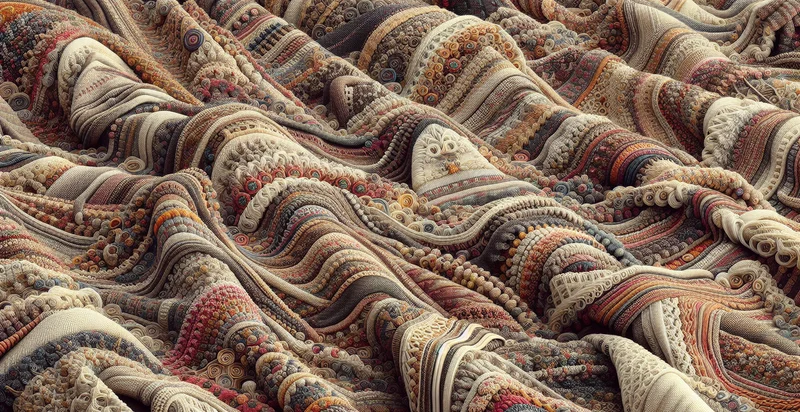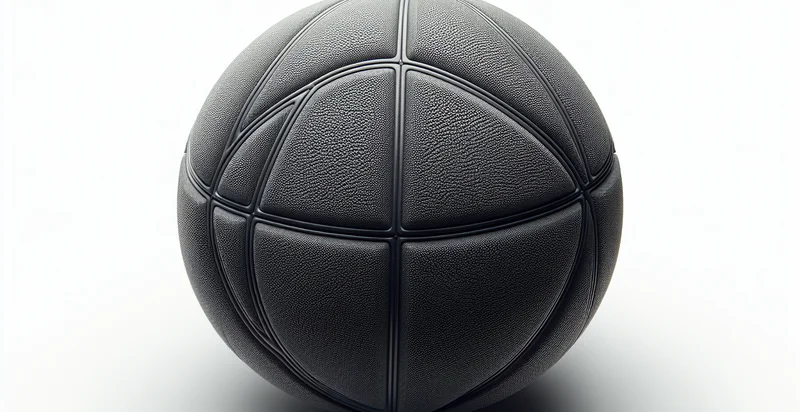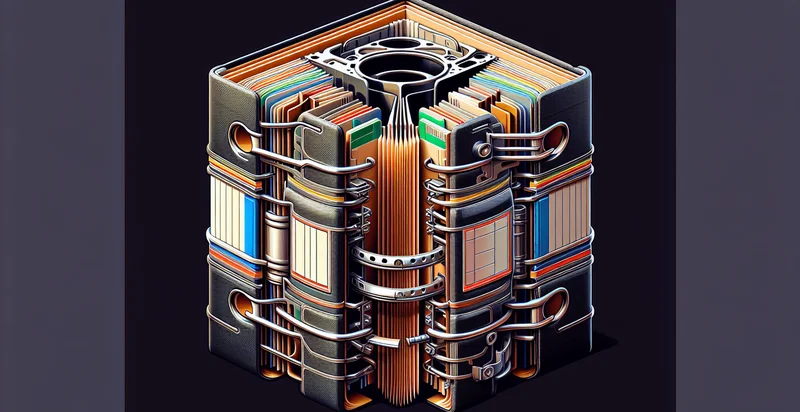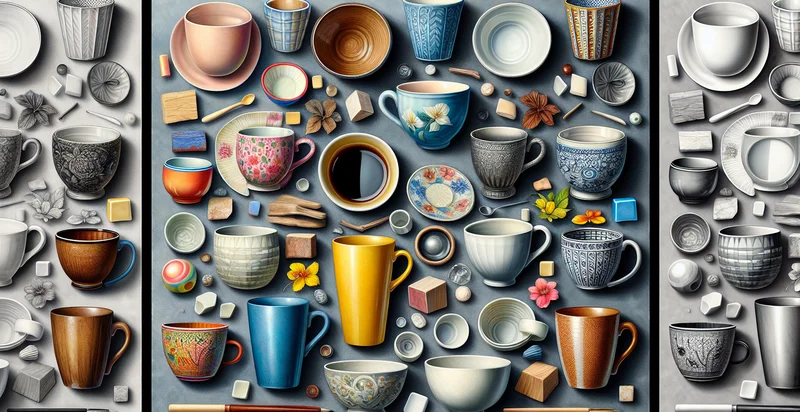Identify what material a blanket is made from
using AI
Below is a free classifier to identify what material a blanket is made from. Just upload your image, and our AI will predict what material a blanket is made from - in just seconds.

Contact us for API access
Or, use Nyckel to build highly-accurate custom classifiers in just minutes. No PhD required.
Get started
import nyckel
credentials = nyckel.Credentials("YOUR_CLIENT_ID", "YOUR_CLIENT_SECRET")
nyckel.invoke("what-material-a-blanket-is-made-from", "your_image_url", credentials)
fetch('https://www.nyckel.com/v1/functions/what-material-a-blanket-is-made-from/invoke', {
method: 'POST',
headers: {
'Authorization': 'Bearer ' + 'YOUR_BEARER_TOKEN',
'Content-Type': 'application/json',
},
body: JSON.stringify(
{"data": "your_image_url"}
)
})
.then(response => response.json())
.then(data => console.log(data));
curl -X POST \
-H "Content-Type: application/json" \
-H "Authorization: Bearer YOUR_BEARER_TOKEN" \
-d '{"data": "your_image_url"}' \
https://www.nyckel.com/v1/functions/what-material-a-blanket-is-made-from/invoke
How this classifier works
To start, upload your image. Our AI tool will then predict what material a blanket is made from.
This pretrained image model uses a Nyckel-created dataset and has 15 labels, including Acrylic, Bamboo, Blended Fabric, Cashmere, Cotton, Fleece, Hemp, Linen, Microfiber and Nylon.
We'll also show a confidence score (the higher the number, the more confident the AI model is around what material a blanket is made from).
Whether you're just curious or building what material a blanket is made from detection into your application, we hope our classifier proves helpful.
Related Classifiers
Need to identify what material a blanket is made from at scale?
Get API or Zapier access to this classifier for free. It's perfect for:
- Material Quality Assessment: This function can be used by textile manufacturers to ensure the correct materials are being used in their blanket production. By identifying the material composition, manufacturers can maintain quality standards and minimize production errors.
- E-commerce Product Validation: Online retailers can utilize this function to verify the material descriptions of blankets listed on their platforms. This ensures that customers receive accurate product information, reducing the likelihood of returns and increasing customer satisfaction.
- Sustainable Material Sourcing: Eco-friendly brands can employ this technology to confirm that the blankets they source are made from sustainable materials. By validating the material composition, they can improve their supply chain transparency and appeal to environmentally conscious consumers.
- Regulatory Compliance Checking: Companies in the textile industry can use this function to ensure their products comply with labeling regulations regarding material content. This can help avoid fines and enhance brand reputation by adhering to industry standards.
- Inventory Management: Bed and linen manufacturers can implement this image classification function to streamline their inventory management processes. By categorizing blankets based on material, they can optimize storage and distribution strategies, improving operational efficiency.
- Material Cost Analysis: Retailers and manufacturers can analyze the types of materials used in blankets through this function to assess price variations in the market. Understanding the material composition can help businesses make informed purchasing decisions and manage their cost structures more effectively.
- Consumer Education Tools: This technology can be integrated into applications aimed at educating consumers about the materials used in textiles. By allowing users to identify blanket materials easily, businesses can enhance consumer knowledge and promote informed purchasing decisions.


